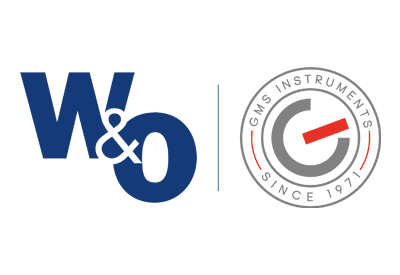
Level
Level transmitters
Knowing how much liquid is in your tank is a problem you can face everyday in your car, on your motorcycle or on your lawnmower. Have you ever wondered how the level is transmitted to your indicator? Of course there are mechanical level gauges that simply move with the level of the liquid, but how is it done when the tank is very far away? Or hard to reach For those kinds of applications a level transmitter works perfectly. Let’s first take a look at how they work.
The operating principle
A level transmitter is made up of two main parts: The first part which is either floating or submersed and the second part which translates the orientation of the first part into an output signal. These two parts can be integrated into one housing or be separated by a cable or wiring. This also depends on the type, which will be explained later on in this explanation.
The level transmitter is calibrated such that it knows what it should consider as a full tank (100%) and what it should consider as an empty tank (0%). The most common output signal is 4-20 mA, so when the tank is empty the transmitter will transmit 4 mA and when the tank is full it will transmit 20 mA. Everything inbetween will be transmitted linearly according to the relative filling. This is the main advantage of the level transmitter compared to a mechanical switch, as a mechanical switch only indicates when the tank is too full or too empty according to a set value. This also means that the controller can be notified at different points along the entire range or use the signal to activate other equipment.
The two main types of level transmitters
- Continuous measurement with float
- Submersible pressure sensors
Continuous measurement with float
This type of level transmitter uses a float attached to a rod, where the float slides along the rod when the liquid rises or falls. The rod and the float can be made from a large variety of materials and can also be coated if needed to be better suited for harsh environments or media. In this type the output is placed in the head of the transmitter, where the output can also be chosen according to the requirements. Options such as 4-20 mA field signals, HART®, PROFIBUS® PA and FOUNDATION™ Fieldbus are commin in practice. The float’s magnetic system in the guide tube actuates a resistance measuring chain that corresponds to a 3-wire potentiometer circuit. The measurement voltage generated by this is proportional to the fill level. The measurement voltage is very finely-stepped due to the contact separation of the measuring chain and is thus virtually continuous. Depending on the requirements several different contact separations are available.
Submersible pressure sensors
A submersible level transmitter or submersible pressure sensor uses the principle of pressure on the sensor to indicate the fill level. This is also called the hydrostatic pressure. This type is often used for level measurement in tanks, wells, shafts and bore holes. The sensor is simply lowered into the liquid until it reaches the bottom and then the sensor will indicate how much pressure is exerted onto the sensor. This is a different indication from the float type level transmitter, as the liquid height is more precisely transmitted. These also have the option to include temperature measurement, removing the need to separately put in a temperature sensor. Also, because of the design, versions with up to 300m cable can be achieved for some types, which makes the use much more flexible than the float type sensors.
Would you like to know more about the different types of level transmitters? Or do you know exactly what you need and want to order one? Contact us through our form, fill in your request and we will get back to you as soon as possible!
